Inside the Harrowing Simulation of the “Most Painful Death Ever”—A Man’s Agonizing Cry in Blood Revealed
Ever wondered what the absolute worst way to kick the bucket might be? Well, brace yourself — history’s got tales that make medieval torture look like a spa day. But none seem quite as horrifying as the 1999 Tokaimura Nuclear Power Plant disaster in Japan, where Hisashi Ouchi endured what experts now call the ‘most painful death ever.’ Imagine this: a man exposed to over twice the deadly limit of radiation, crying blood and clinging to life for 83 agonizing days. Yeah, it’s as nightmarish as it sounds. Between frantic attempts to keep him alive amid crumbling DNA and blistering skin that peeled away painfully, this tragedy wasn’t just a fatal accident — it was a cautionary tale about oversight, safety, and the terrifying power of human error. Curious to dive into the grisly details? LEARN MORE.
Warning: This article contains descriptions of pain and injury which may be distressful to some readers.
History has had its fair share of horrific deaths, but this one might just be the worst ever recorded.
From torture methods to freak accidents, there’s little left to shock us when it comes to painful deaths.
But the 1999 incident at Tokaimura Nuclear Power Plant in Japan led to one man suffering the ‘most painful death ever’.
Hisashi Ouchi’s story has been retold thanks to a terrifying simulation created by the YouTube channel How To Survive, and it shows how the 35-year-old worker was left crying blood as he was kept alive for 83 days.
At the time of the incident, Ouchi was working at the conversion facility with his two colleagues, Masato Shinohara and Yukata Yokokawa.
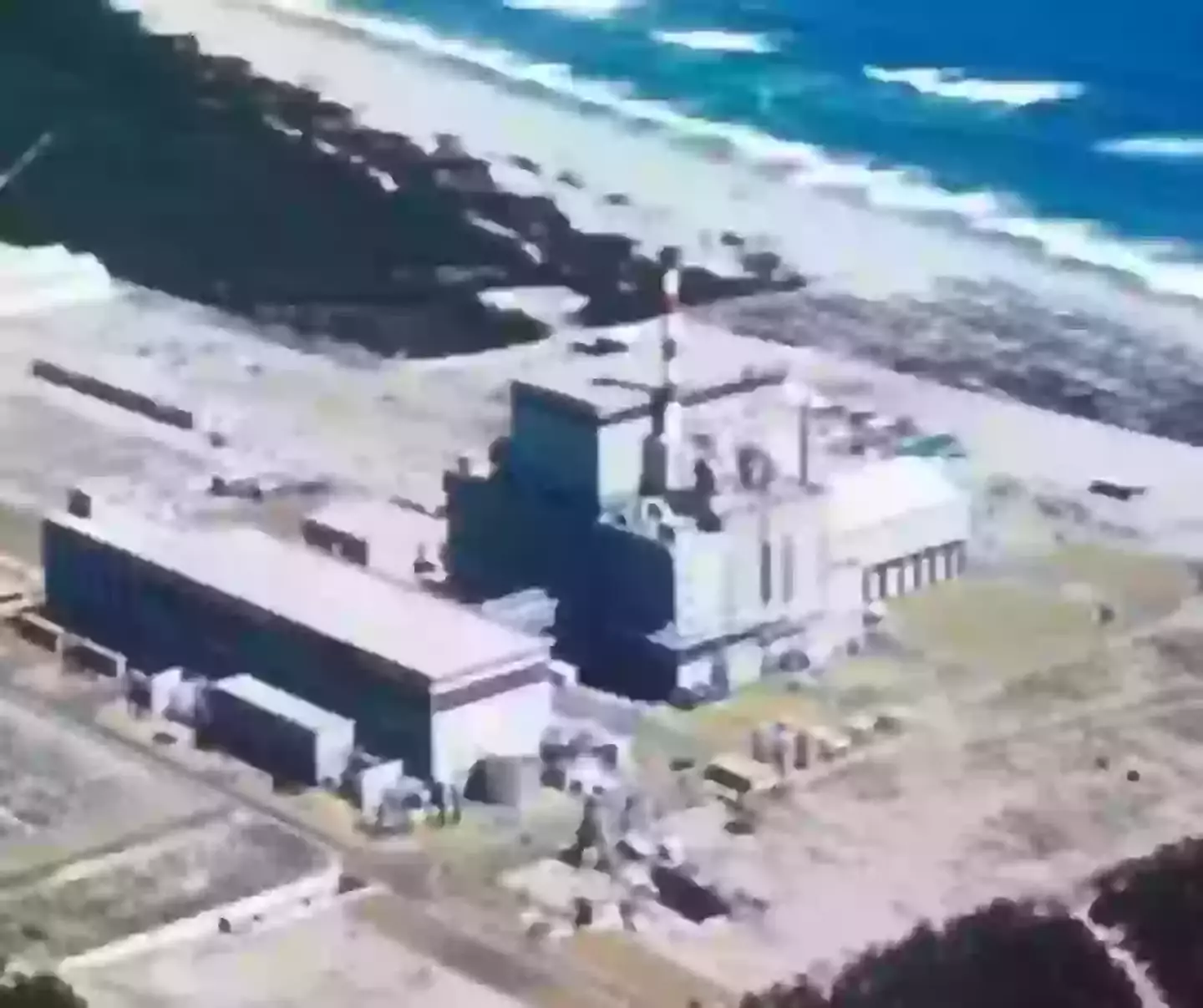
The mistake at the power plant led to his death. (Public Domain)
There, the workers helped create nuclear fuel rods to be used at other locations, which was nothing out of the ordinary.
But when they were mixing a new batch of fuel – working with uranyl nitrate inside a huge metal vat on 30 September, things went drastically wrong.
It was when one of the group funnelled a little too much into the fuel tank that a nuclear reaction occurred, sending a bright flash of light shooting out of the tank and dousing Ouchi with more than twice the lethal limit of radiation.
Allegedly, they mixed their materials by hand and made a miscalculation – using 16kg of uranium.
This is 13.6kg over the limit.
Since his death on 21 December, Ouchi has been known as ‘Radioactive Man’, and is believed to been exposed to the highest dose of accidental radiation in history.
Having been standing directly by the tank, he supposedly absorbed 17,000 millisieverts (mSv).
After the incident, he was kept in a special radiation ward to protect him from hospital-borne pathogens, but his condition deteriorated.
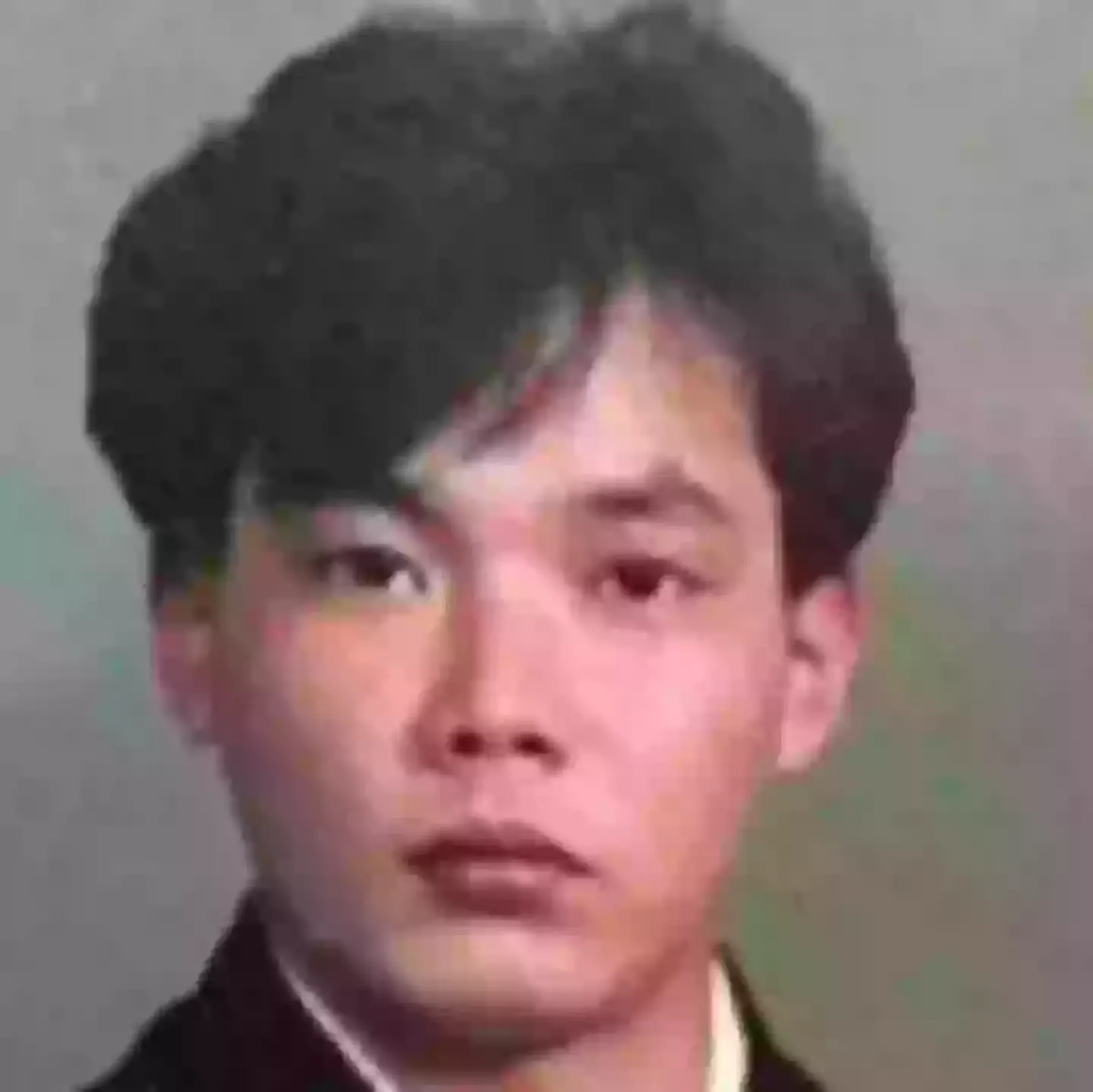
He’s unfortunately known to many as ‘Radiation Man’. (Public Domain)
While he looked like he caught a bad case of sunburn immediately after the event, the next day, his blood cell count plummeted, his immune system was gone, and he began to ache.
Then, his stomach became bloated, and doctors found that his body stopped producing new cells as his DNA began to crumble.
With so much radiation coursing through his body, Ouchi’s skin started to blister before falling off.
He then had to be fed intravenously due to the extent of his injuries.
Ouchi ended up going through multiple skin grafts, blood transfusions, and stem cell transplants, but nothing could help him.
Ouchi suffered three heart attacks within 60 days in hospital, and while doctors continued to experiment on him to see if they would be able to bring him back despite the poisoning, he eventually died from multiple organ failure.
In the end, the Japanese government ruled that the plant was to blame and that his death was caused by a lack of regulatory oversight and safety training.
“I ordered the Science and Technology Agency to carry out a strict inspection,” Prime Minister Keizo Obuchi said as per Taipei Times: “The workers had used their hands and a stainless steel bucket or something. This is inconceivable.”
Ouchi indeed.

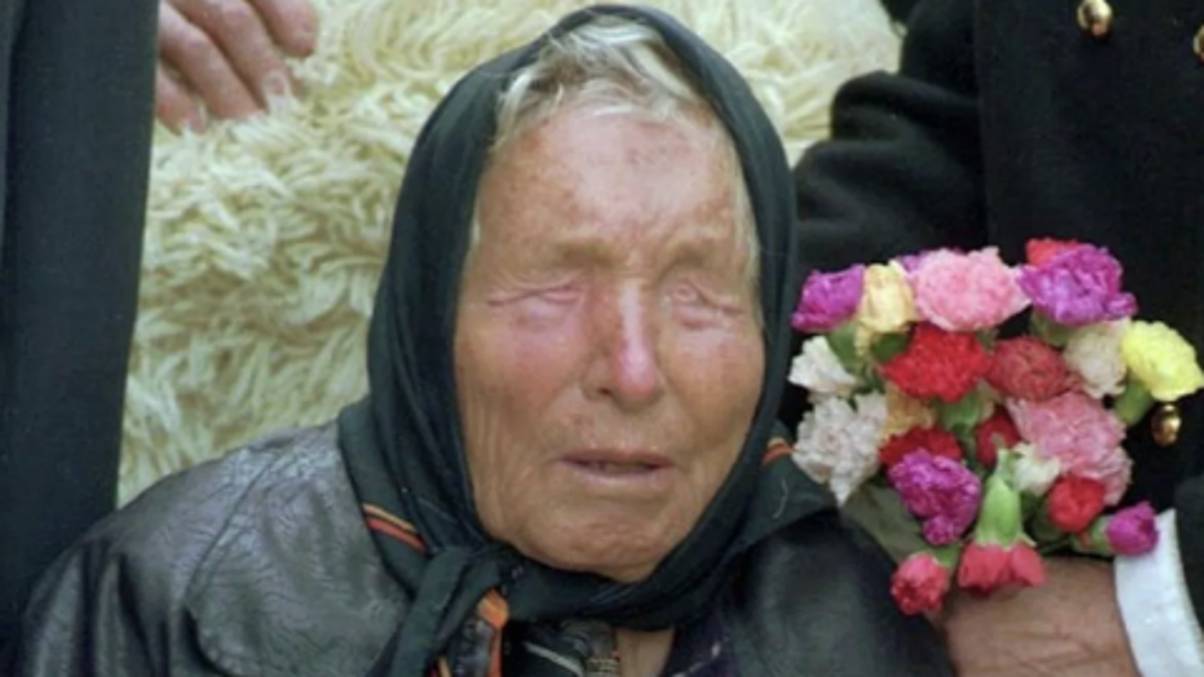
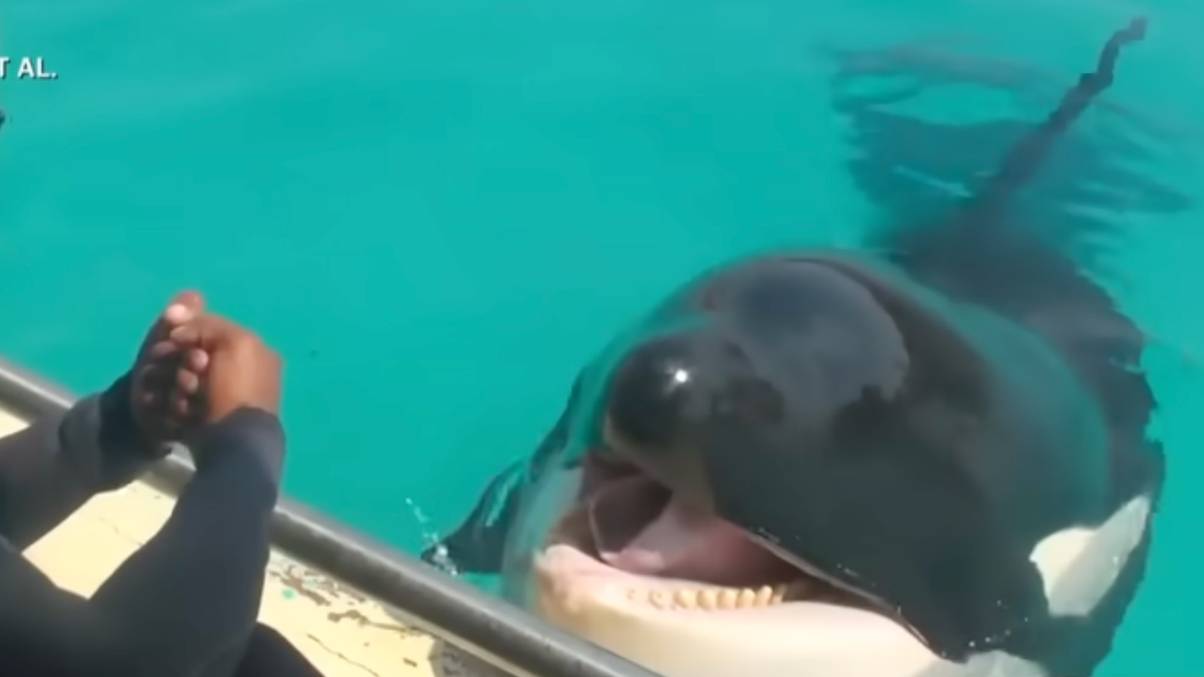










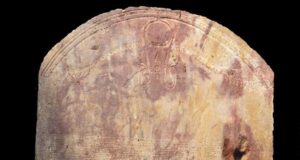

Post Comment